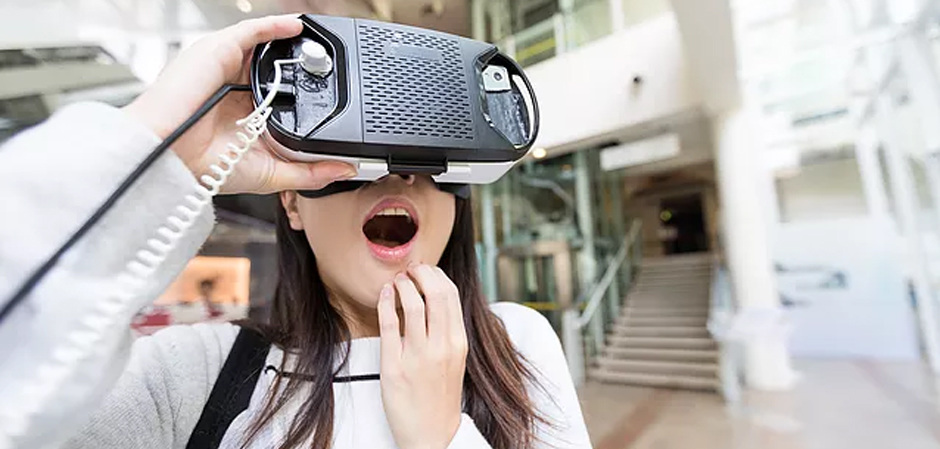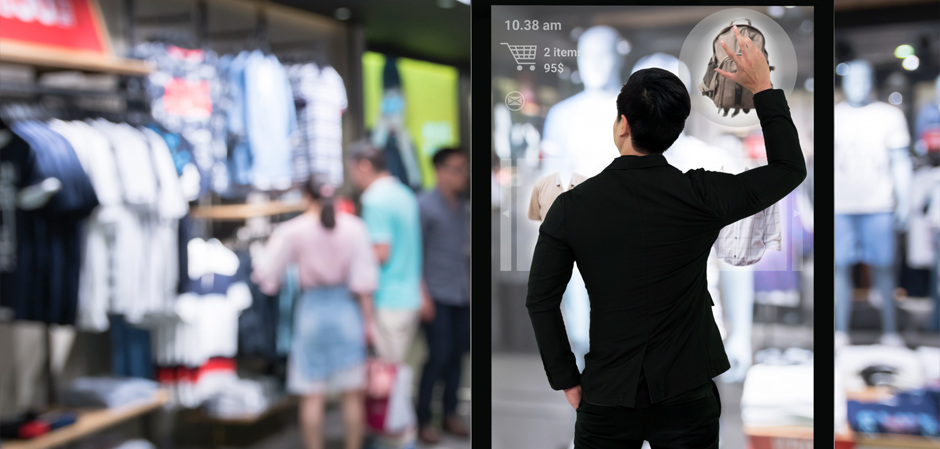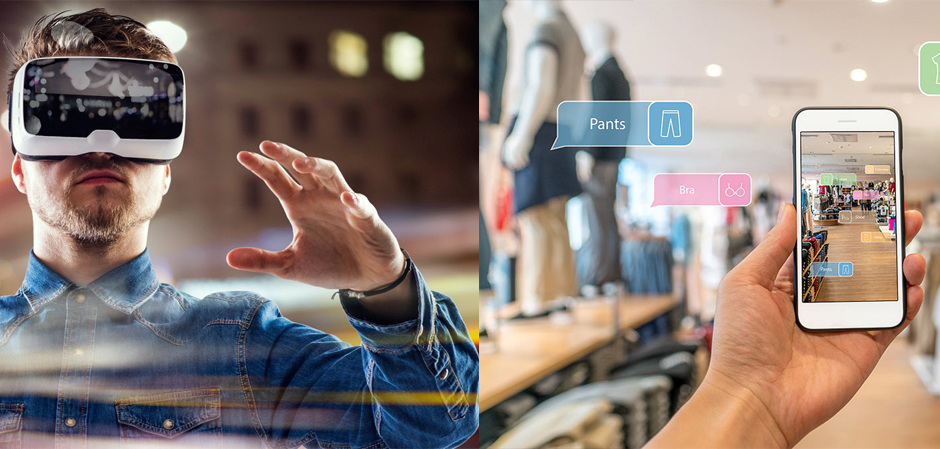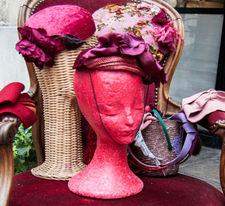VR and AR fill the gaps of traditional marketing
In the scientific work by Helen Van Kerrebroek, performed at VUB, a Dutch university located in Brussels, it is stated that Virtual Reality (VR) and augmented reality (AR) represent a huge potential for both conventional retail, and for e-commerce. Consumers perceive products that are demonstrated to them using VR or AR technologies as closer and "more realistic", which improves the quality of customer service.

Van Kerrebroek tested how people react to brands and products when they are presented using VR or AR.In the case of virtual reality, consumers were much more positive about the brand or product than subjects who were shown conventional two-dimensional videos and photos.Moreover, these customers were also more likely to buy products.
The main advantage of VR compared to 2D or 3D material is that this technology provides an experience and brings the product to life.The study showed that augmented reality is also well suited for testing products in an online environment.People who shop online with AR are quicker to consider the product their own, and they also confirm that they had a more positive attitude when shopping.

"This is another interesting find, especially for e-commerce.One of the obstacles preventing people from making a purchase decision when shopping online is that it is difficult for them to understand how a particular product will fit into their environment, whether it is a piece of furniture or a piece of clothing.AR allows consumers to try on a dress or place a piece of furniture in the interior of their home without touching it or really seeing it, says Professor VUB Kim Willems, who helped oversee the study.

An experiment in a busy shopping mall, during which many shoppers wore virtual reality glasses, showed that consumers are more positive about the situation thanks to virtual reality and, in general, are more satisfied with the mall.In addition, they confirmed that they would want to return there again.This means, according to the study, that virtual reality is also able to improve the trading environment.
"VR and AR will radically change consumer behavior and how companies will sell their products in the coming years," concludes Willems.
Photo:open sources











